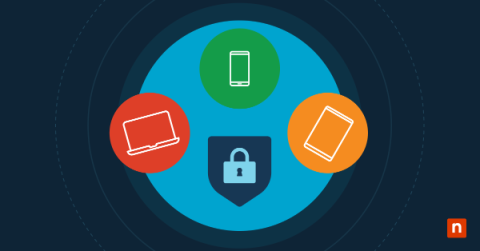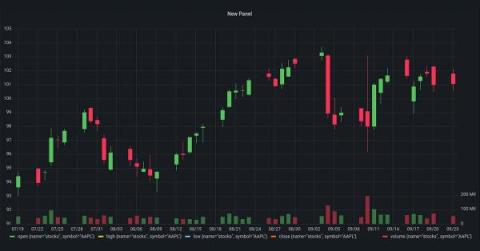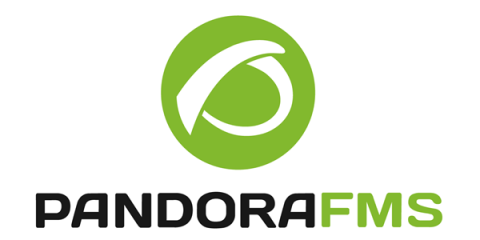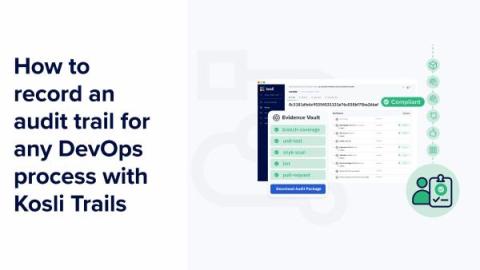BYOD Security Guide: Top Threats & Best Practices
Bring Your Own Device (BYOD) is a policy allowing employees to use their personal devices for work-related activities. It is an approach that promotes flexibility and efficiency and has gained widespread adoption in recent years. The BYOD policy framework outlines guidelines and rules governing the use of personal devices in a professional setting, and its significance lies in establishing boundaries that balance the benefits of flexibility with the need for security and data protection.











